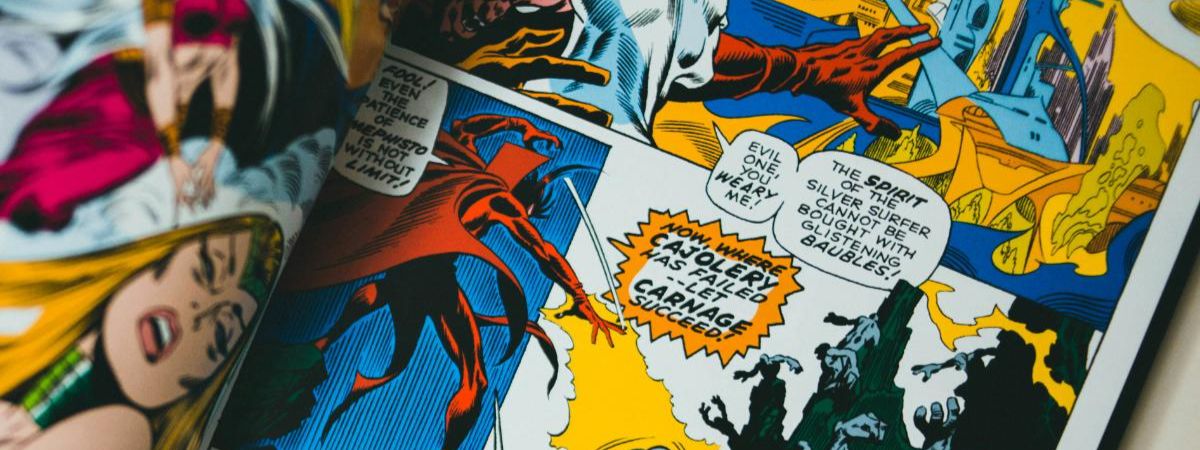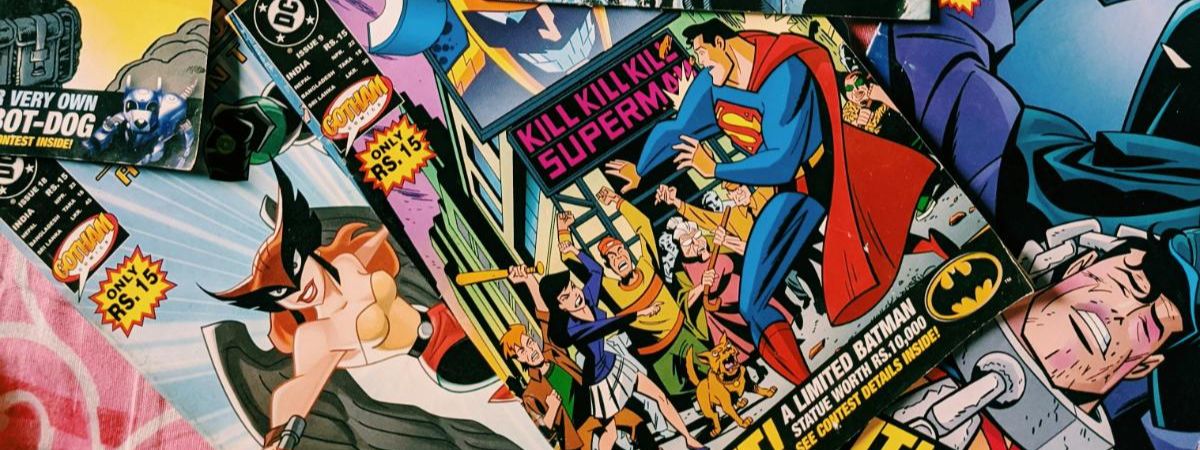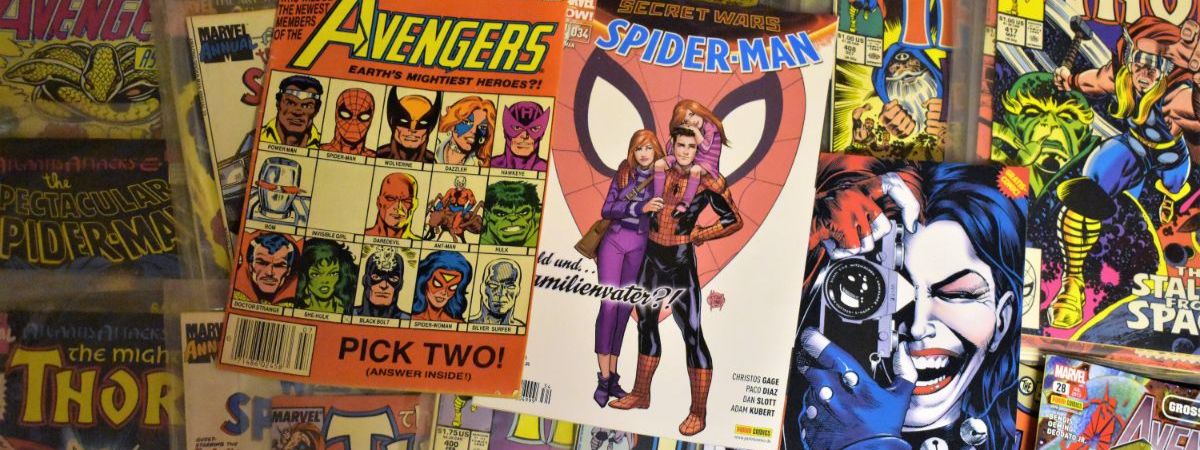Skip to the good bit
ToggleConversations about whether manga has an edge over Western comics have grown from whispers to roaring discussions in our circles. Unsurprisingly, manga’s influence has been rising in the West, especially considering its vast demographic reach and the sheer variety of genres available to readers of all ages and interests.
We’re exploring this fascinating face-off because it’s not simply about which style sells more. The core of this comparison touches on narrative forms, character development, thematic exploration, and much more.
Manga’s storytelling techniques often differ from those in Western comics, with manga sometimes exploring more serious and mature themes. Conversely, Western comics have long been known for their focus on action and adventure, though they can also cover a range of topics and styles. So, join us as we delve into the heart of both mediums to repeatedly uncover what draws us to their pages.
Historical development
In exploring the historical development of manga and Western comics, we uncover a tale of two distinct traditions that have shaped how stories are told through art. Their separate paths speak volumes about cultural influences and the shifts in popular tastes over time.
Origins of manga
Manga’s roots can be traced back to 12th-century Japan with picture scrolls, or “emakimono,” combining images and text to convey stories. Hokusai Katsushika, a Japanese artist from the 19th century, is often noted for coining the term “manga” to describe his whimsical sketches. However, it wasn’t until post-World War II that modern manga emerged, shaped by the works of Osamu Tezuka, known as the “God of Manga,” who introduced cinematic techniques and complex characters to the medium.
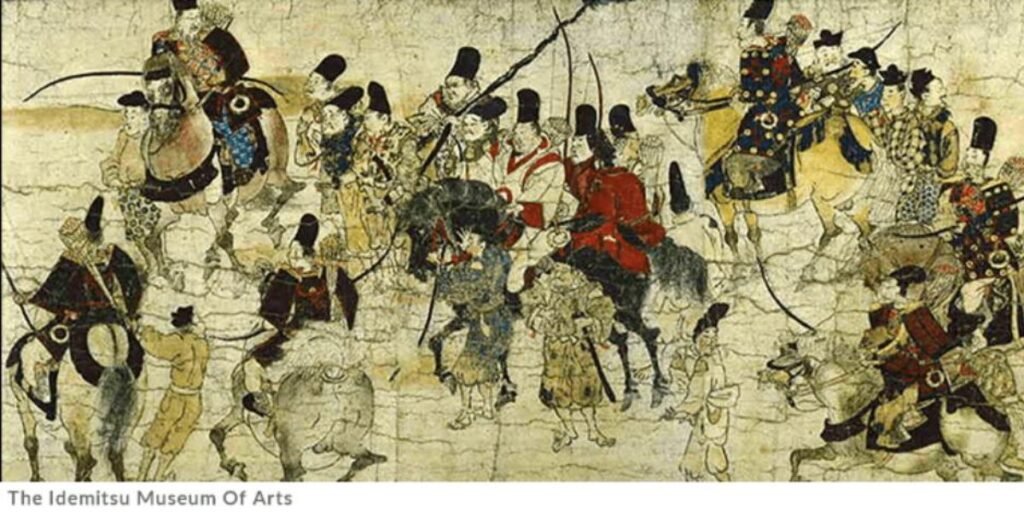
Evolution of Western comics
In contrast, Western comics originated in the late 19th and early 20th centuries, evolving from satirical cartoons and comic strips in newspapers. Bold superhero comics burst onto the scene in the 1930s with characters like Superman, sparking the “Golden Age of Comics.” This genre has dominated the U.S. comic market since, although there have been considerable developments in styles and themes, especially with the introduction of graphic novels in the latter part of the 20th century.
Cultural influence
In this section, we’ll look at the reciprocal impact of manga on Western comics and vice versa. Each has contributed to a vibrant melding of storytelling traditions.
Impact of Manga
The impact of manga on Western comics has been significant. Manga’s unique storytelling style, often focusing on personal growth and emotional depth, has influenced Western narratives. Its dynamic art style, known for its expressive characters and clean lines, has found its way into many Western comics, broadening artists’ visual vocabulary outside Japan.
- Artistic Techniques: Western comics have adopted manga’s penchant for varied panel layouts and attention to emotional expressions.
- Themes & Storytelling: Manga has encouraged Western writers to explore complex themes and character-driven plots.
Significance of Western Comics
Western comics have also left their mark on manga. Genres like superheroes have been incorporated into manga, creating new hybrids that have captivated readers worldwide. Manga creators have embraced Western storytelling’s emphasis on epic narratives, leading to more ambitious saga-style storytelling in some series.
- Narrative Structure: Western comics have a tradition of grand, epic storytelling, influencing the scale and scope of some manga plots.
- Cultural Exchange: Combining comic traditions enriches manga and Western comics, making the global comic community more interconnected.
Artistic styles
When exploring graphic storytelling, we’ll notice distinct visual differences between manga and Western comics. These variations shape readers’ engagement with the stories and illustrate how culture influences artistic expression.
Visual characteristics of manga
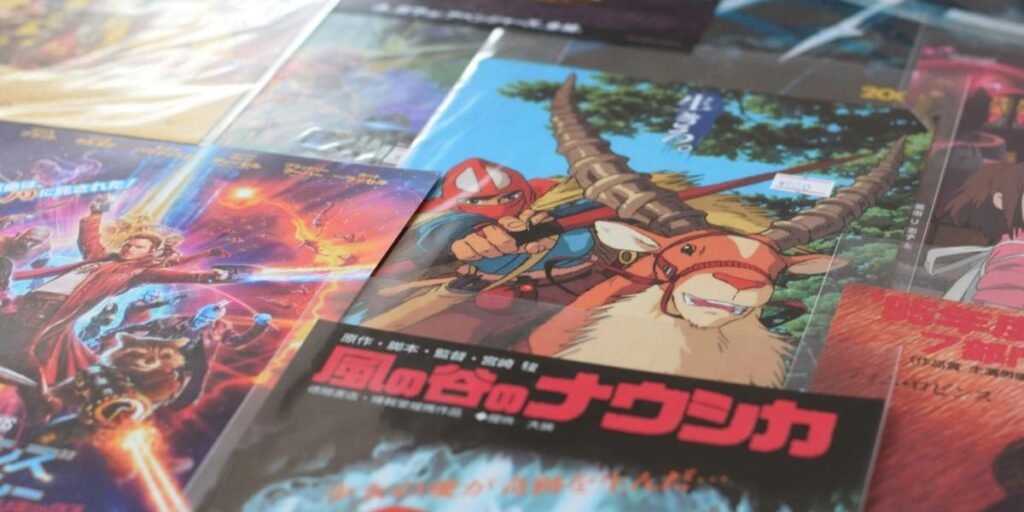
Manga, originating from Japan, is marked by its unique art style that often features:
- Exaggerated facial expressions: Emotions are vividly conveyed through large eyes and expressive features.
- Clean lines and detailed backgrounds: Artistry in the manga is based on a clear focus on both characters and their environments.
- Use of black and white: Color is rarely used, with a preference for black ink that adds contrast and depth.
Some of these elements feature prominently in pieces highlighted by Aural Crave, celebrating the artistic nuances that have become synonymous with manga.
Aesthetics of Western comics
Conversely, Western comics, typically produced in the United States and Europe, showcase:
- Bold colors and dynamic shading: A rich color palette brings the artwork to life.
- Varied line work: Thicker, more pronounced lines define characters, often adding a sense of weight and intensity.
- Realistic proportions: Characters tend to have more realistic body proportions and less stylized facial features.
Cryptocomics emphasizes the art style of Western comics, with artists like Jack Kirby as a defining aspect that sets them apart from manga, reflecting a different cultural approach to storytelling.
Dive deep: How to start reading comics
Narrative structure
In this section, we’ll examine the nuances that define the narrative structures of manga and Western comics, exploring how storytelling unfolds in each medium.
Storytelling in manga
Manga often takes us on a deeper narrative journey, with intricate storylines that develop over several volumes. This form of storytelling allows for extensive character growth and elaborate world-building. Readers may find themselves immersed in complex plotlines that are engaging and detailed, reflecting a storytelling cadence that is quite distinct from Western comics.
Story arcs in Western comics
Conversely, Western comics traditionally embrace episodic storytelling, with heroic adventures and resolutions within shorter narrative arcs. This approach lends itself well to the serialized nature of these comics, where the focus often revolves around the central conflict and its resolution, allowing for quick and dynamic reading experiences.
More about manga and Western comics

We’re often asked about manga’s unique qualities and appeal compared to Western comics. Let’s explore the common inquiries that might help clarify these distinctions.
What distinguishes manga from graphic novels?
Manga often features black-and-white art and is read from right to left, emblematic of its Japanese origin. This contrasts with the typically colored and left-to-right format of Western graphic novels.
How does storytelling vary in manga versus Western comics?
Manga storytelling is known for its depth and gradual character development, affording readers a prolonged emotional connection with the characters. This is unlike some Western comics, which may focus on fast-paced action and plot-driven narratives.
Why is manga more popular than Western comics?
Some readers favor manga for its wide genre variety, which addresses a wider audience, and its unique art style, which often shows characters’ emotions through exaggerated facial expressions.
What factors contribute to the increasing popularity of manga over Western comics in sales?
Manga’s rising popularity is attributed to its affordable pricing, serialized format that appeals to continuous reading, and wide spectrum of genres that resonate with various age groups and interests.
Is art different in manga versus Western comics?
The art style in manga ranges from simple and exaggerated to highly detailed and realistic, somewhat different from the often uniformly realistic and dynamically colored panels in many Western comics.

